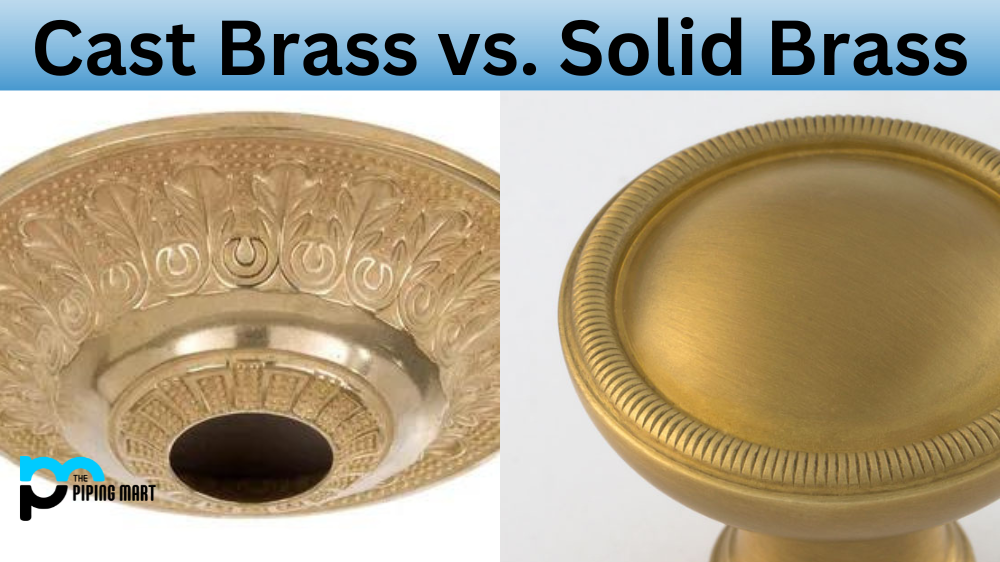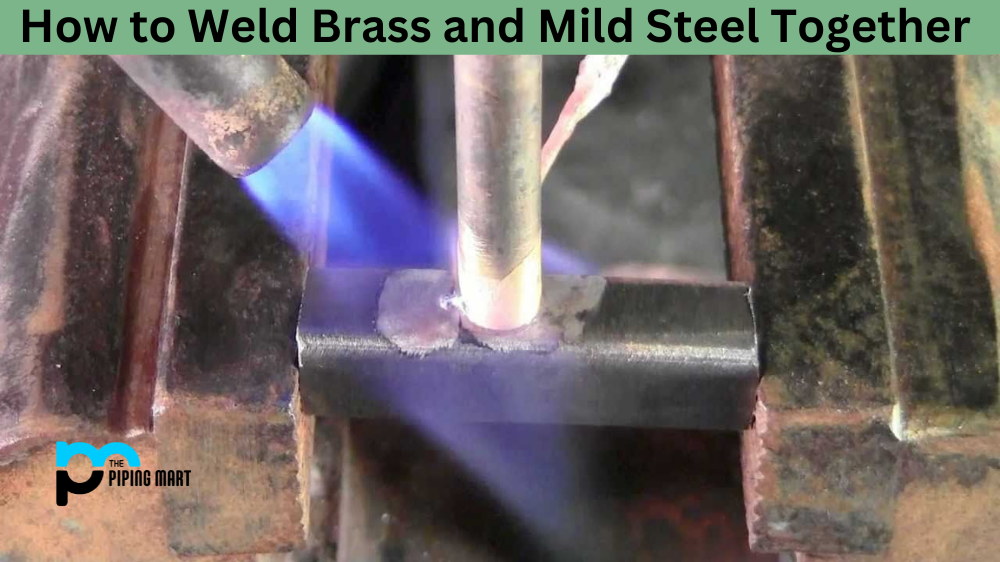If you are in the market for brass items, you may have noticed that some products are labeled “cast brass” while others are labeled “solid brass.” It is important to understand the differences between these two types of Brass to make an informed decision when it comes time to purchase. Let’s look at cast brass and solid Brass and how they compare.
Cast Brass vs. Solid Brass: The Difference
The primary difference between cast brass and solid Brass is that cast brass is made from molten metal poured into a mold, while solid Brass is made from a solid piece of metal that has been machined or formed into a specific shape. As such, castings generally exhibit more variation in texture and finish than solid pieces because of the cooling process involved with casting. This can lead to more visible seams and air bubbles on the finished product, which may be desirable depending on your preference. It also means that castings will usually be slightly cheaper than their solid counterparts due to the manufacturing process involved.
When it comes to strength, however, there is no clear winner between cast and solid pieces; both materials offer excellent strength-to-weight ratios and can be used in many applications where strength is important. That said, solid pieces tend to have less porosity than their cast counterparts (which can potentially lead to corrosion), so they are often preferred when strength or corrosion resistance are key factors in selecting a material type. Additionally, machining or forming operations on solid materials allow for tighter tolerances which may be necessary for certain applications where exact dimensions must be met.
Composition
Their composition is the first and most obvious difference between cast brass and solid Brass. Cast brass is made up of 70% copper and 30% zinc, while solid Brass is made up of 100% copper. The different proportions of these two metals give each type of Brass its unique properties.
Strength
One of the most important properties of Brass is its strength. Solid Brass is stronger than cast brass, making it the better choice for applications where strength is critical. However, cast Brass is not as brittle as solid Brass, so it may be a better choice for applications where flexibility is important.
Machinability
Another important property to consider when choosing between cast brass and solid Brass is machinability. This refers to how easily the material can be cut, drilled, or worked without breaking or shattering. Cast brass is more machinable than solid Brass, making it the better choice for applications where precision is important.
Cost
Another factor to consider when choosing between cast brass and solid Brass is cost. Solid Brass is more expensive than cast brass because it is made from 100% pure copper. However, solid Brass’s increased strength and machinability may make it worth the extra cost for some applications.
Corrosion Resistance
Finally, another key difference between cast brass and solid Brass is their resistance to corrosion. Both types of Brass are resistant to corrosion in most environments, but solid Brass is slightly more resistant than cast brass. This makes solid Brass the better choice for applications where corrosion resistance is critical.
Conclusion:
In summary, when deciding between using a piece of cast or solid Brass for your project, it’s important to consider all of the factors involved, including cost, weight, strength, corrosion resistance, and dimensional tolerance requirements. By understanding the differences between these two types of brass materials, you’ll be able to decide what type of material best suits your needs—whether it’s a casting or a machined part!

Pipingmart is B2B portal specializes in industrial, metal and piping products. Also, share latest information and news related to products, materials and different types grades to help business dealing in this industry.




